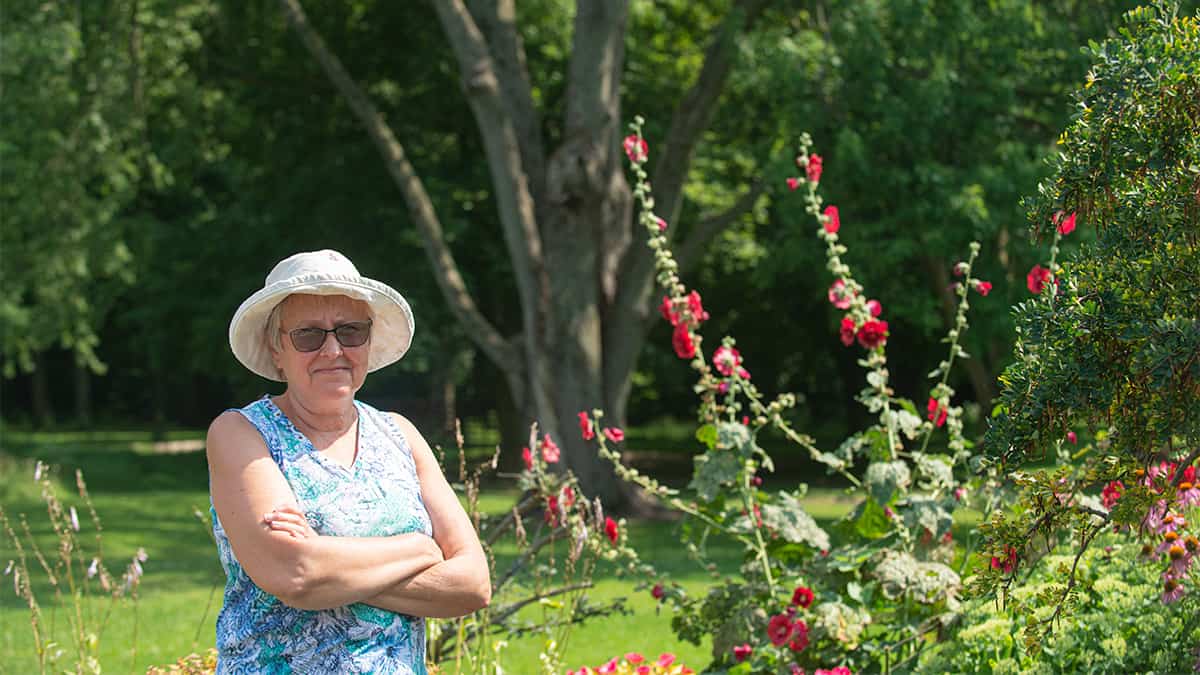Some 2,200 rural homes in the area are among those targeted in the latest round of internet-connectivity funding from the federal and provincial governments. Among those on the list are Crosshill, Dorking, Elmira, Hawkesville, Heidelberg, Linwood, Milverton, St. Clements and Wellesley.
Together, some 280,000 Ontario residents will have access to high-speed internet connections following the latest round of funding, which supports large-scale, fibre-based projects that will provide access to all corners of the province by 2025. The partnership between the province and the federal government sees an equal investment totalling more than $1.2 billion.
The funding provides an incentive from private companies to extend services to rural areas where it would otherwise not be economically feasible to carry out the expensive infrastructure expansion needed for high-speed connections.
“For a company to go out and expand the infrastructure that might only connect, it could be five houses or can be 10 houses, there’s not really an incentive there for those companies to go ahead and invest the millions of dollars it takes to set the infrastructure up. And then it could take them 50 years to recoup the cost. So that’s where the government partnership comes in,” said Kitchener-Conestoga MPP Mike Harris of last week’s funding announcement.
“We’re looking for them to try and get this done as quickly as they can—as fast as possible, trying to pick areas that are very underserved, or have just drastically reduced service,” he added, noting service levels can drop off even fairly close to urban areas.
The push for connectivity has been ongoing for a few years, but the pandemic that saw many people working and learning online during the lockdown really underscored the importance of high-speed internet services.
Those connections have become essential, says Harris, providing more opportunities for people and businesses, and in turn generating more economic activity.
The latest funding will move Ontario about 40 per cent of the way in its plan to achieve 100 per cent connectivity for all regions in the province by the end of 2025.
Canada-wide, more than 890,000 rural and remote households are on track to be connected to high-speed internet as a result of federal investments. At the end of March 2021, 175,000 rural and remote households had been connected to high-speed internet under projects supported by the Government of Canada. By the end of this year, over 435,000 households will be connected.
“Broadband is critical infrastructure, and the pandemic has made this more apparent than ever. Reliable high-speed internet allows us to learn, attend school and work remotely, and it allows small businesses to serve customers,” said Finance Minister Chrystia Freeland in a statement about the latest funding.
“But too many rural communities still do not have access to high-speed internet. Broadband access is critical for our country’s economic growth and recovery, and our government is committed to making sure no community is left behind.”
An expansion of the internet infrastructure is essential given our dependency on the technology, said Harris.
“There’s certainly no going back, and the pandemic really has shone a glaring spotlight on some of the inadequacies with many things across the province. We want to make sure that we’re trying to do our best over the next few years to be able to right some of those wrongs and make this investment where it needs to be made.”
Other communities slated for high-speed service include Gads Hill, Hesson, Millbank, New Hamburg, Newton and St. Agatha.









